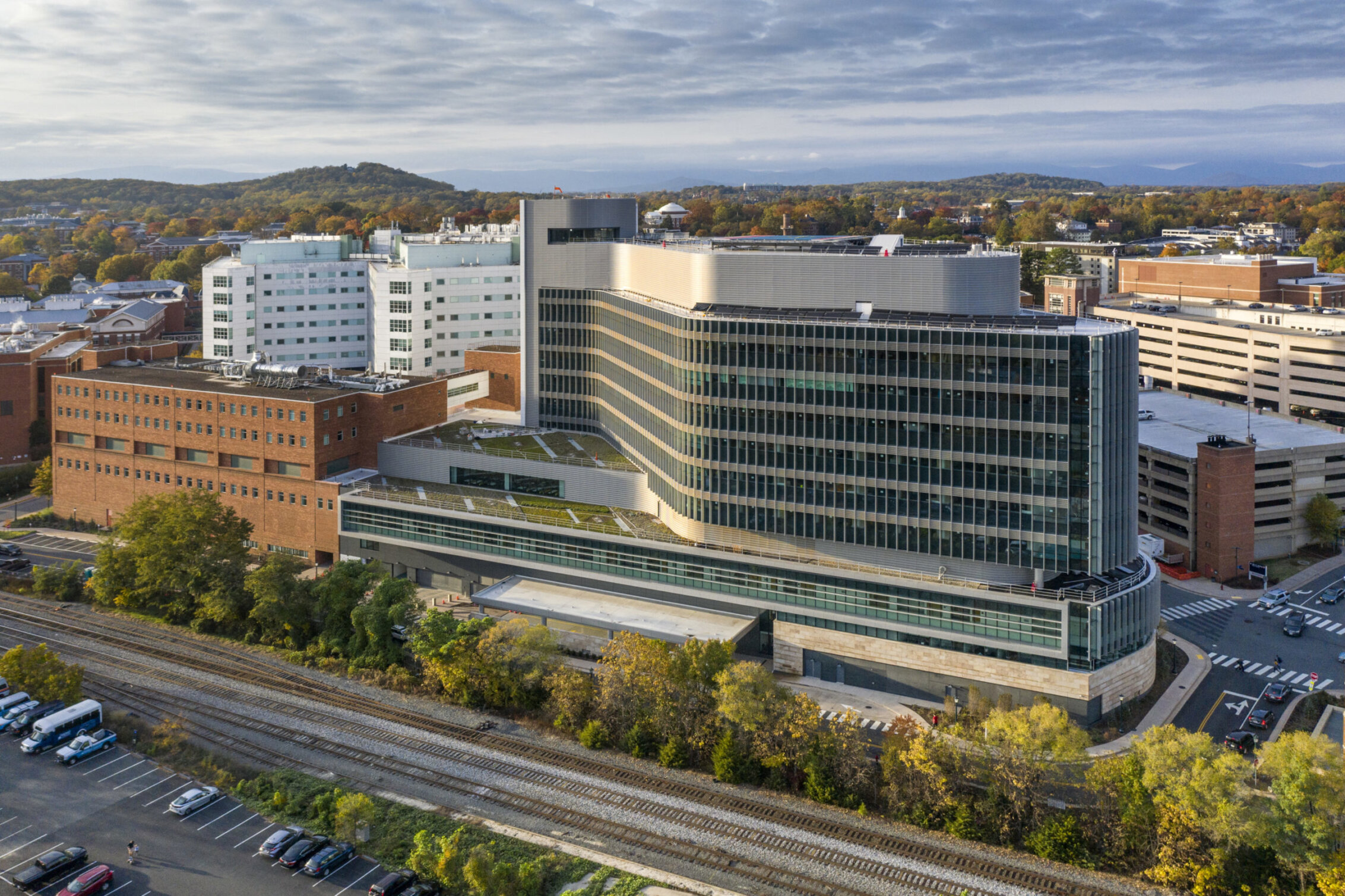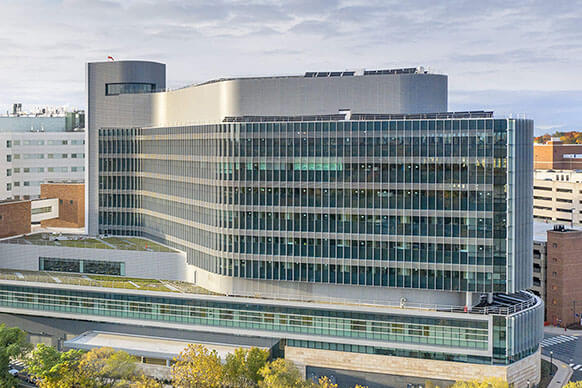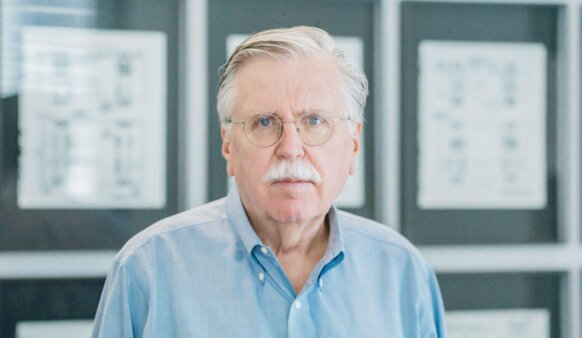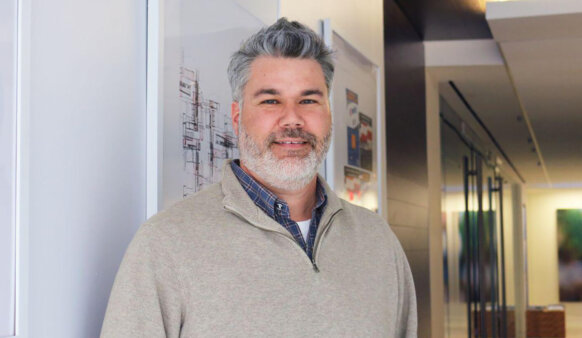This story is part of our insight series around the impact of the COVID-19 pandemic.
In early March 2020, with the COVID-19 crisis looming, the University of Virginia (UVA) Medical Center knew it needed to prepare quickly for a possible surge of patients. The hospital’s bed tower, which was then in the final stages of construction as part of a larger University Hospital Expansion (UHE) project designed by our team, was originally scheduled to open in June. But with COVID-19 spreading rapidly, Medical Center leaders determined that an accelerated schedule—and some last-minute design changes—were critical.
A New Kind of Challenge
The patient rooms in the new 440,000-square-foot bed tower were designed to offer maximum flexibility—accommodating emerging technologies, changing patient demographics, changes in clinical practices, shifting economic markets and reimbursement models, and future growth opportunities.
Prior to the pandemic, nine of those rooms were designed to accommodate negative air pressure. Negative air pressure is a strategy that’s employed when care providers need to treat patients with highly infectious diseases. The negative pressure prevents the room’s air from circulating to the rest of the hospital, reducing risk of airborne contaminant transmission. It’s important to clarify that, at the time the UHE was being designed, a total of nine negative pressure rooms was considered sufficient based on all available public health data, known trends, and best practices worldwide. The arrival of COVID-19—a global health crisis of unparalleled proportions—changed all of that.
“When a crisis like COVID-19 hits, there isn’t a rule book to tell you what to do,“ said Brian Sykes, associate principal and health practice leader based in our Washington D.C. studio. “We all knew we had to think—and act—fast.”
Quick Creative Thinking, Swift Practical Action
UVA team members turned to us for help. The challenge was how to immediately refit 84 patient rooms in the new bed tower so that they could accommodate COVID-19 disease patients. Such an undertaking would require the creation of negative air pressure in rooms that weren’t originally designed for it—and in only the span of a few short weeks.
We arrived at two solutions:
First, we temporarily repurposed an existing smoke-evacuation system, which provided slight negative air pressure to 12 intensive care unit (ICU) rooms. Combined with three existing airborne infection isolation rooms, UVA was able to provide a total of 15 COVID-ready patient rooms in under 14 days.
Second, we installed three high-velocity stack fans on the roof of the bed tower to give additional patient rooms negative air pressure. These 17-foot-tall fans accelerate the speed of departing indoor air, diluting pollutants and releasing them outdoors at an elevation high above the facility.
The Power of Teamwork
Through grit and resourcefulness, we carried out an enormous—some might even say unthinkable—feat within just three weeks. Thanks to the collaborative efforts of UVA and our project partners at Skanska and BR+A, we were able to reconfigure the hospital bed tower to ensure it was ready to open—and meet the challenge posed by COVID-19—well ahead of schedule.
Our ability to work together so seamlessly in response to an unprecedented health crisis, and to move so quickly, is a testament to our commitment to each other and the community UVA serves. It is also a reflection of our successful five-year-long working relationship, during which time we fostered high levels of mutual trust and respect.
“Everyone at the table was brainstorming and looking at the challenge from different angles,” said Jim Woody, a senior project architect based in our Washington D.C. studio. “It was rewarding, because there was a real sense of not wanting to let the team down and to do the right thing.”
“The team moved things quickly and gave me the confidence to represent drastic system changes with expedited review and approval protocols,” said Chris Hoy, senior supervisory construction administration manager at UVA. “What we have accomplished is truly amazing.”



